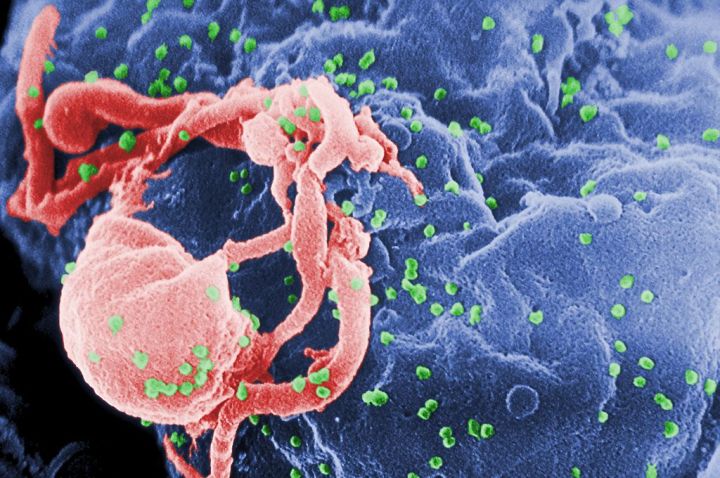
Updated on 04-09-2016 by Lulu Chang: Chinese doctors try and fail to create HIV-proof human embryos
Recently, fertility doctors in China failed for the second time to genetically modify embryos that would make them completely immune to HIV. While Yong Fan, a researcher at Guangzhou Medical University says, “It is foreseeable that a genetically modified human could be generated,” this has not yet come to fruition.
CRISPR/Cas9 was developed as a gene editing tool in 2012 by a team of scientists at University of California Berkeley. It became the tool of choice for molecular biologists because of its simplicity, high efficiency, and versatility. CRISPR is a naturally occurring DNA sequence that is repeated throughout the bacterial genome. Scientists discovered that these repeats match the DNA of viruses and are used by the bacteria as a defense against a viral infection. They also found a set of enzymes called Cas (CRISPR-associated proteins) that are often associated with CRISPR sequences.
Working together, CRISPR and Cas can splice DNA with great precision, allowing scientists to target specific genes for elimination or modification. In the case of the HIV study, the team of researchers extracted infected T-Cells from a patient and used a modified CRISPR/Cas9 to remove the HIV-1 DNA. The treatment was shown to be effective against both T-Cells cultured in a petri dish and t-cells extracted from an HIV patient. When the procedure was complete, the treated cells contained no detectable HIV DNA and were unaffected by the treatment. Unfortunately, when CRISPR was used in attempts to entirely change embryonic DNA, researchers only managed to create a mosaic of cells, which would not have been immune to the virus.
While previous tests suggested that the system completely removed the viral DNA without harming the target cells, and did so permanently, reducing the chance of reinfection, the application in the early stages of human development have not yet been successful.
Still, the CRISPR/Cas9 technique may prove to be a much more efficient viral treatment than the current strategy of antiretroviral therapy, which remains effective only for so long as the patient is taking the medicines. Once the antiretroviral therapy stops, the patient relapses as the HIV resumes its attack on the person’s immune system.
While the new technique shows promise as a treatment for HIV and other retroviral diseases, researchers are cautiously optimistic about its clinical application. The technique still needs refinement to ensure it is safe and effective for patients.
Editors' Recommendations
- Edit, undo: Temporary gene editing could help solve the mosquito problem
- Florida will release gene-edited mosquitoes into the wild, despite outcry
- CRISPR gene editing could help stop a common poultry virus in its tracks
- Scientists at UC San Francisco discover gene that helps supercharge sleep



